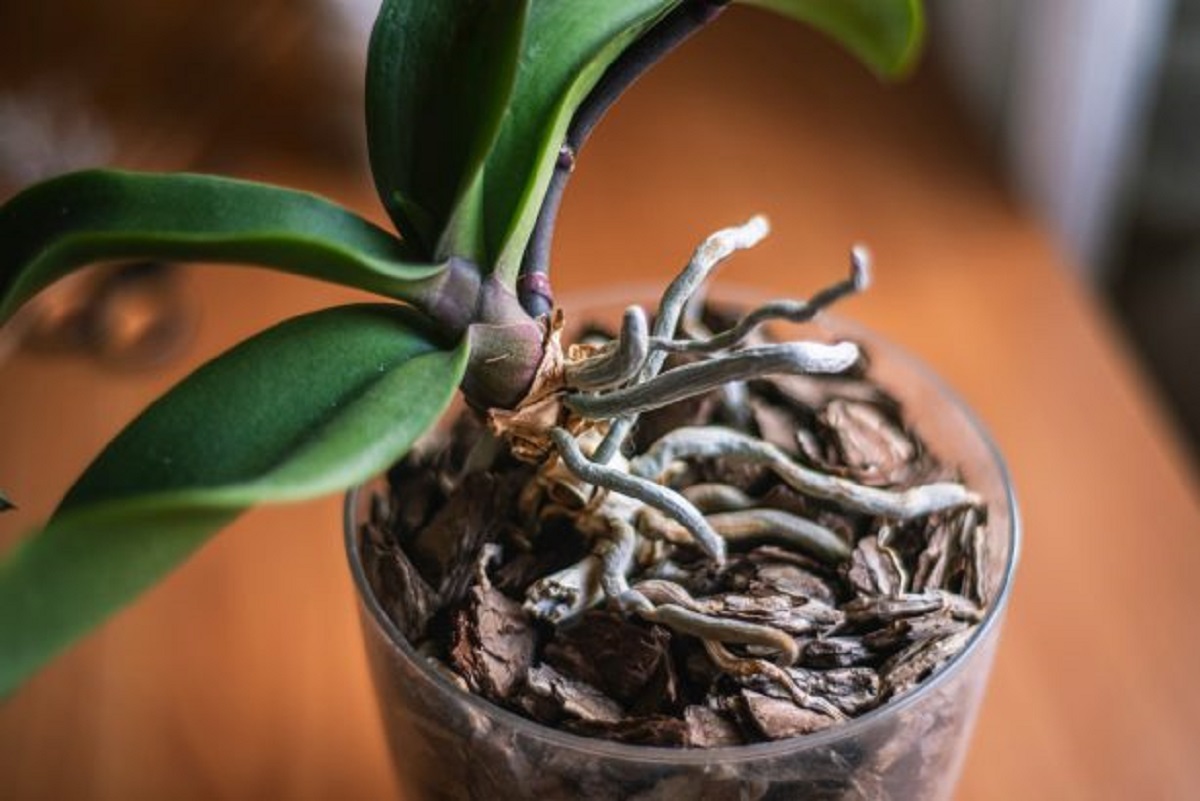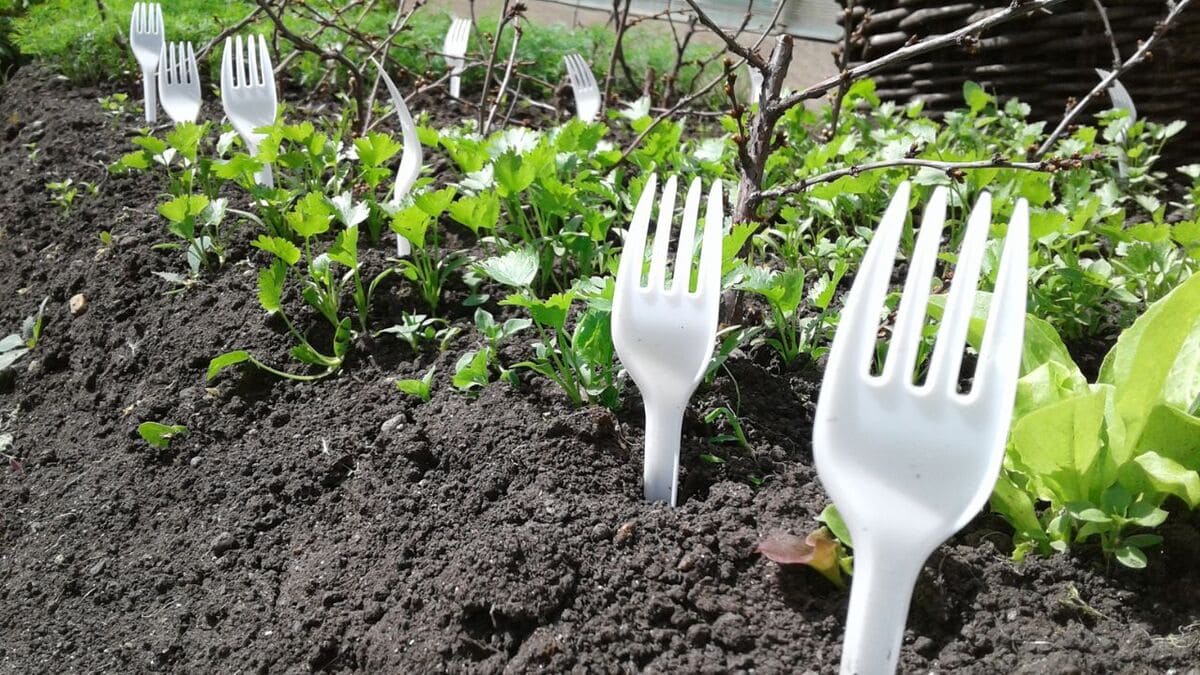When leaves and roots take over
Your orchid’s surge of leaves and thick roots isn’t a failure; it’s a sign of strong vegetative growth. In nature, many orchids invest in foliage and root systems before allocating energy to blooms. If conditions skew toward “comfort,” the plant keeps building infrastructure, postponing floral spikes. Identifying the few missing cues that trigger flowers will turn that energy into buds.
Light is the chief signal
Most orchids, especially Phalaenopsis, need bright, indirect light to initiate flower spikes. Too little light drives leafy growth at the expense of blooms. Aim for filtered brightness near an east or shaded south window. If a sheet of paper casts a soft shadow, you’re in the right range. Dark, glossy leaves often indicate insufficient light, while medium olive-green suggests adequate exposure.
Temperature rhythm matters
Orchids read subtle day–night drops as a seasonal signal. A nightly decrease of about 4–6°C (7–10°F) for a few weeks can spark spike formation. Keep days around 20–25°C (68–77°F) and nights a bit cooler. Temperatures that are too cold or constantly warm can stall flowering. Avoid cold drafts and hot, dry radiators, which stress buds into aborting.
Water, air, and the right potting mix
Roots need moisture plus oxygen. A dense or decomposed mix suffocates them, encouraging root growth without flowering. Use a chunky bark or bark–sphagnum blend that drains freely. Water thoroughly, then let the mix become almost dry before watering again. Overwatering keeps roots stressed and oxygen-starved, while underwatering slows metabolism.
Feed for flowers, not just leaves
Consistent, dilute feeding supports spike initiation. Use a balanced orchid fertilizer at quarter to half strength every two to four waterings during active growth. In late summer and early fall, reduce nitrogen slightly and keep potassium steady to favor bud development. Flush with clear water monthly to prevent salt buildup.
Respect rest and recovery
Some orchids take a brief rest after blooming, producing leaves and roots before reflowering. Newly repotted plants may prioritize root repair over buds for a cycle. Juvenile orchids need time to reach maturity and won’t bloom on a schedule. Patience paired with steady care keeps the plant on a flowering track.
Quick checklist to trigger blooms
- Provide bright, indirect light with a soft shadow test
- Create a 4–6°C night drop for two to four weeks
- Water thoroughly, then allow near-dryness before repeating
- Use a free-draining bark-based mix with ample air
- Fertilize lightly but regularly, then flush to reset salts
- Avoid drastic moves or drafts during spike formation
- Trim spent spikes to a lower node on Phalaenopsis to encourage side spikes
Why clear pots help
Transparent pots let you read root health at a glance. Silvery roots signal thirst; green, freshly watered roots show adequate moisture. Light reaching the roots supports photosynthetic activity, which many epiphytic orchids subtly use. Clear pots also prevent hidden rot, guiding timely watering and repotting.
Humidity and airflow: the silent duo
Orchids appreciate 40–60% humidity with gentle airflow. Dry, stagnant air encourages shriveled buds and fungal issues. A small fan on low, plus a pebble tray, balances moisture without wet leaves. Morning watering helps leaves dry by evening, reducing disease risk.
Common pitfalls to avoid
Frequent tinkering is a major culprit. Constantly moving the plant resets its light map, and sudden environmental shifts trigger bud drop. Avoid heavy-handed pruning of healthy roots, and never bury crowns or pack sphagnum tight. Resist “just in case” watering; let the pot’s weight and root color guide timing.
A grower’s reminder
“Blooming is a conversation between plant and environment—give clear signals, and the orchid will answer in flowers.”
When to expect results
With improved light and a night cool-down, many Phalaenopsis will set spikes within 4–8 weeks. Buds swell and open over another several weeks, rewarding steady care with long-lasting flowers. If nothing happens after a full season, reassess light levels, repotting timing, and fertilizer balance.
Watch a practical walkthrough
By aligning light, temperature, water, and nutrition, you convert vegetative vigor into floral display. A few precise adjustments turn “only leaves and roots” into a cascade of blooms—proof that your orchid has all the right potential.





